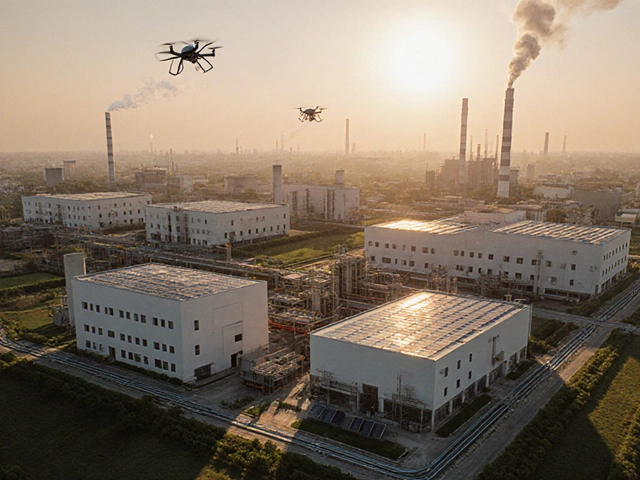Food Production: How Factories Turn Raw Ingredients into Everyday Foods
Ever wondered how the vegetables in your fridge become ready‑to‑eat meals, snacks, or sauces? That magic happens in food production units. These plants blend raw crops, meat, or dairy with technology, safety checks, and skilled workers to deliver safe, tasty products at scale.
Understanding the flow from farm to shelf helps you appreciate the effort behind each bite. It also shows where new entrepreneurs can step in, whether you want to start a small‑scale unit or partner with an existing factory.
Key Steps in a Typical Food Processing Line
Most food factories follow a similar sequence:
- Receiving & inspection: Raw material arrives, is weighed, and checked for quality, contamination, and freshness.
- Cleaning & preparation: Ingredients are washed, peeled, trimmed, or ground to the right size.
- Cooking or treatment: Heat, pressure, fermentation, or freezing transforms raw foods into stable forms.
- Mixing & formulation: Spices, preservatives, or additives are blended to achieve the desired taste and shelf life.
- Packaging: Products are sealed in jars, pouches, cans, or trays that protect them from moisture and microbes.
- Lab testing & release: Finished goods are sampled for microbiology, nutritional content, and label accuracy before they hit the market.
Each step relies on machines like slicers, pasteurizers, or automated packagers, but human oversight remains essential for quality control.
Tech Trends Shaping Food Production in 2025
Automation and data are the biggest game‑changers. Sensors monitor temperature, humidity, and contamination in real time, sending alerts to operators before a batch goes bad. AI‑driven demand forecasting helps factories adjust output, reducing waste and keeping shelves stocked.
Another hot trend is “clean label” production. Consumers want fewer additives, so many plants are investing in natural preservation methods such as high‑pressure processing (HPP) or ultrasonic cleaning. These techniques extend shelf life without synthetic chemicals.
Sustainability is no longer optional. Water‑reuse systems, solar panels, and waste‑to‑energy converters are being added to cut operating costs and lower carbon footprints. If you’re planning a new unit, factor in these green upgrades early – they pay off quickly.
For entrepreneurs eyeing the food sector, start small but think big. A modular processing line can begin with a single product—say, a ready‑to‑eat snack—and expand as demand grows. Secure local licenses, follow FSSAI (Food Safety and Standards Authority of India) guidelines, and set up a basic HACCP (Hazard Analysis Critical Control Points) plan from day one.
When you launch, focus on three practical areas:
- Product differentiation: Offer a unique flavor, healthier formulation, or convenient packaging that stands out.
- Supply chain reliability: Build relationships with farmers or distributors who can guarantee consistent quality and volume.
- Market entry: Use online marketplaces, local grocery chains, or food‑service contracts to reach customers quickly.
Remember, the food production world moves fast, but the fundamentals—clean ingredients, tight hygiene, and clear labeling—never change. Keep those basics solid, layer on technology, and you’ll be ready to serve the next generation of hungry consumers.
Ready to explore more? Check out our detailed article “Food Processing Units Explained” for a deep dive into machinery, safety standards, and cost breakdowns. It’s the perfect next step if you’re serious about turning a kitchen idea into a full‑scale factory.
Unit Operations in Food Production: The Backbone of Food Processing
Unit operations are the step-by-step building blocks that transform raw ingredients into the food we eat daily. This article explains what these operations are, why they're important, and how they affect everything from shelf life to taste. You'll get simple explanations, real-world examples, and practical tips to understand and spot these operations next time you're in your kitchen. The focus is on helping you see how everyday foods go from field to plate through a series of well-organized actions. Perfect for anyone curious about how the food industry really works.
Read More




